Migration is a destabilising and even traumatic experience, removing human beings from the security and connection of their families and homes to new and sometimes hostile places. At a time when waves of migration invoke stories of pity, despair or nativist rage, are we losing sight of some of the unexpected benefits this unsettling process can bring to creativity and ideas? Architectural historian Robin Schuldenfrei tells a more hopeful story of the unfamiliar and what we can learn from it.
In our current era of displaced people and seismic events, revisiting a moment in the middle of the past century in which so much was at stake can be instructive. From the experience of defamiliarization and exile, a productive change emerged in the bringing together of artists and designers committed to providing for a new, modern way of living through modern means. The merging of this philosophy – namely a critical belief in the future with a forward-moving drive to productively shape it – allowed a group of artists and architects who had fled continental Europe to use estrangement itself as a tool. In leaving behind their places of origin, they also left the past behind, and looked to productive new relationships and means of communicating, in their new location, in their vision for a modern future.
___
Mobility and emigration, defamiliarization and assimilation provided then, as now, unique opportunities for growth and a productive means for a larger shared understanding.
___
Modernism was thus formed by diverse ideas and aesthetics, brought together by a cascading trajectory of world events that caused a mass migration of people generally, and the evacuation of key members of the avant-garde specifically (not only artists and designers who are the focus of this essay, but musicians, writers, philosophers, film-makers). The landing in a new country with only a smattering of the local language and a small amount of funds is as old as the ages. What is ever-relevant, and diverges greatly between individuals, is what one is able to make from the rubble of the past. Modernism as a collective movement espouses a belief in the new – that is: new materials, new forms, new ideas for society at large, and, perhaps most essential, forging new connections between one another. But it also depended on differentiating and distancing itself from what had come before. Mobility and emigration, defamiliarization and assimilation provided then, as now, unique opportunities for growth and a productive means for a larger shared understanding. Critically, the newness of modernism drove progress in public spaces and public life – from new town centres with open plazas, to new town halls with more egalitarian, less intimidating judicial interiors, to more transparent assembly halls. Out of the killing machines of World War II’s military hardware came modern goods affordable for the many – re-tooled war-time factories and technical know-how thereby democratized access to quality, well-designed wares (albeit with the result that capitalism today is reeling with the excess of the out-of-control mass-production of goods and their attendant devastating ecological consequences). This could not have been possible without immigrants who brought differing know-how and creative ideas that mixed with – and then germinated on – fertile, new soil.







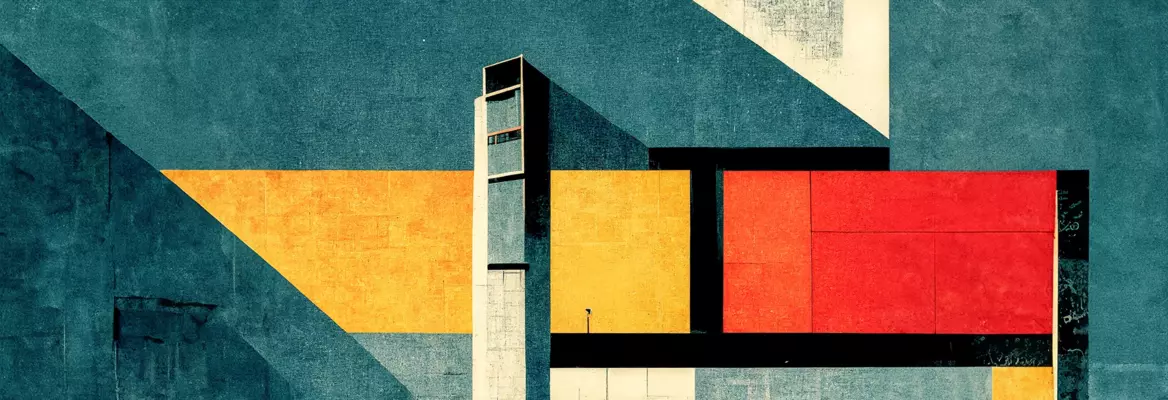




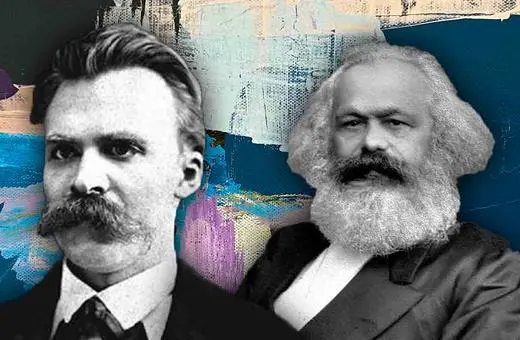
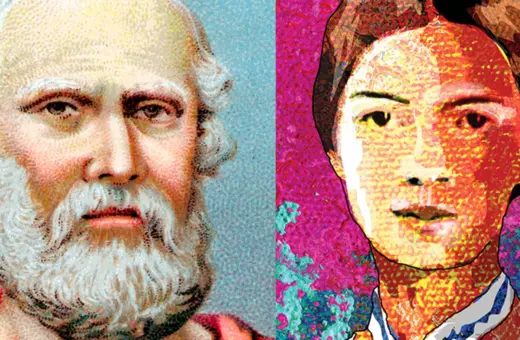
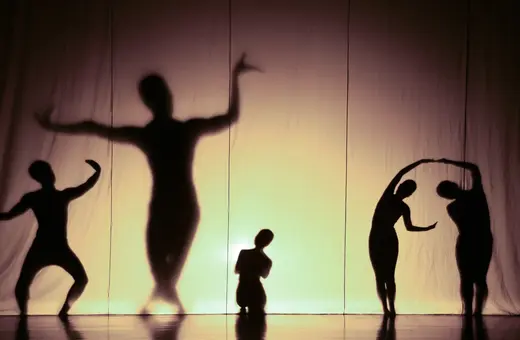

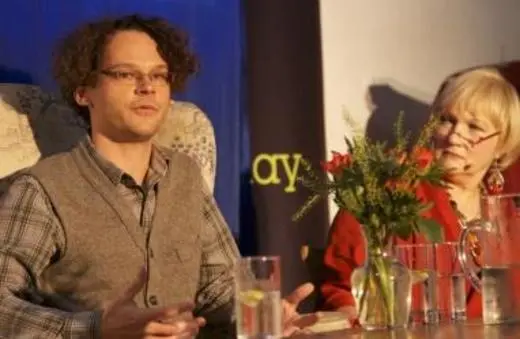
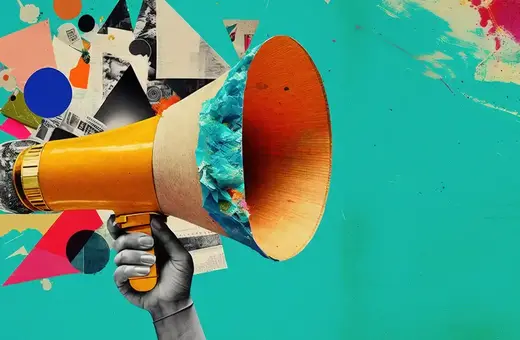
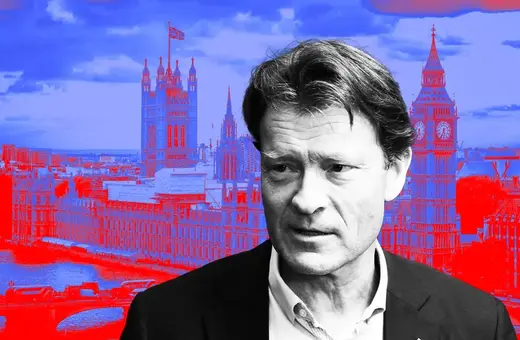


Join the conversation